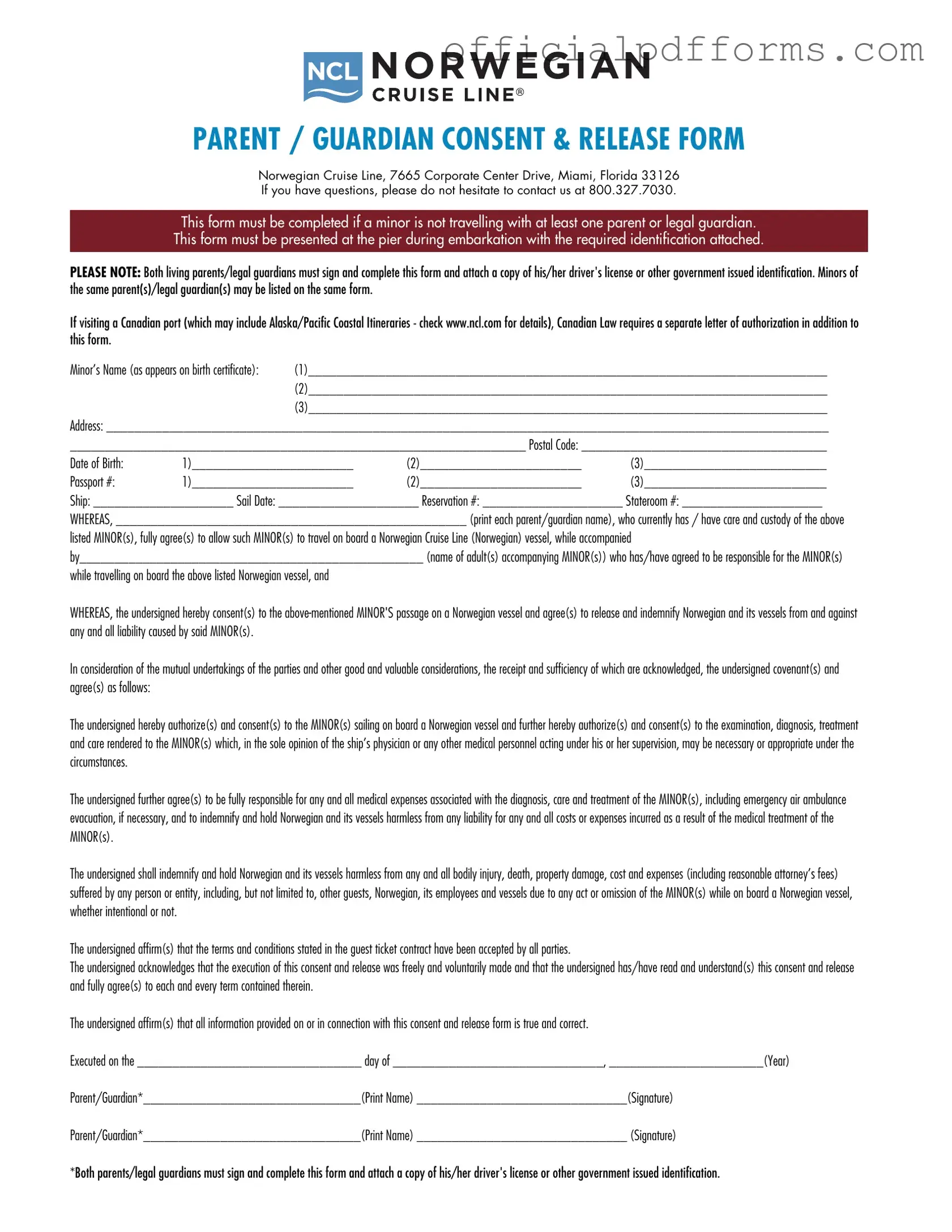The NCL Parental Consent form is a document that allows parents or guardians to grant permission for their child to participate in activities related to the National Child Labor (NCL) program. This may include various educational and recreational activities that require parental approval.
This form is important because it ensures that parents are informed about their child's participation in specific programs. It also protects the rights of minors by requiring explicit consent from a parent or guardian before they can engage in certain activities.
Parents or guardians of minors who wish to participate in NCL-related activities must complete this form. It is designed for children under the age of 18, ensuring that their legal guardians are aware of and approve their involvement.
You can usually obtain the NCL Parental Consent form from the organization or institution sponsoring the activity. This may include schools, community centers, or other youth programs. It is often available online or can be requested directly from the program coordinator.
The form typically requires the following information:
-
Child's full name
-
Parent or guardian's full name
-
Contact information for the parent or guardian
-
Details about the activity or program
-
Signature of the parent or guardian
Yes, there is usually a deadline for submitting the form. It is important to check with the specific program for their timeline. Submitting the form on time ensures that your child can participate without any issues.
If the form is not submitted, your child may be unable to participate in the activity. Organizations typically require this consent to ensure the safety and legality of involving minors in their programs.
Yes, you can revoke your consent at any time. It is advisable to do so in writing and to notify the organization or program as soon as possible. This ensures that they are aware of your decision and can take appropriate action regarding your child's participation.
